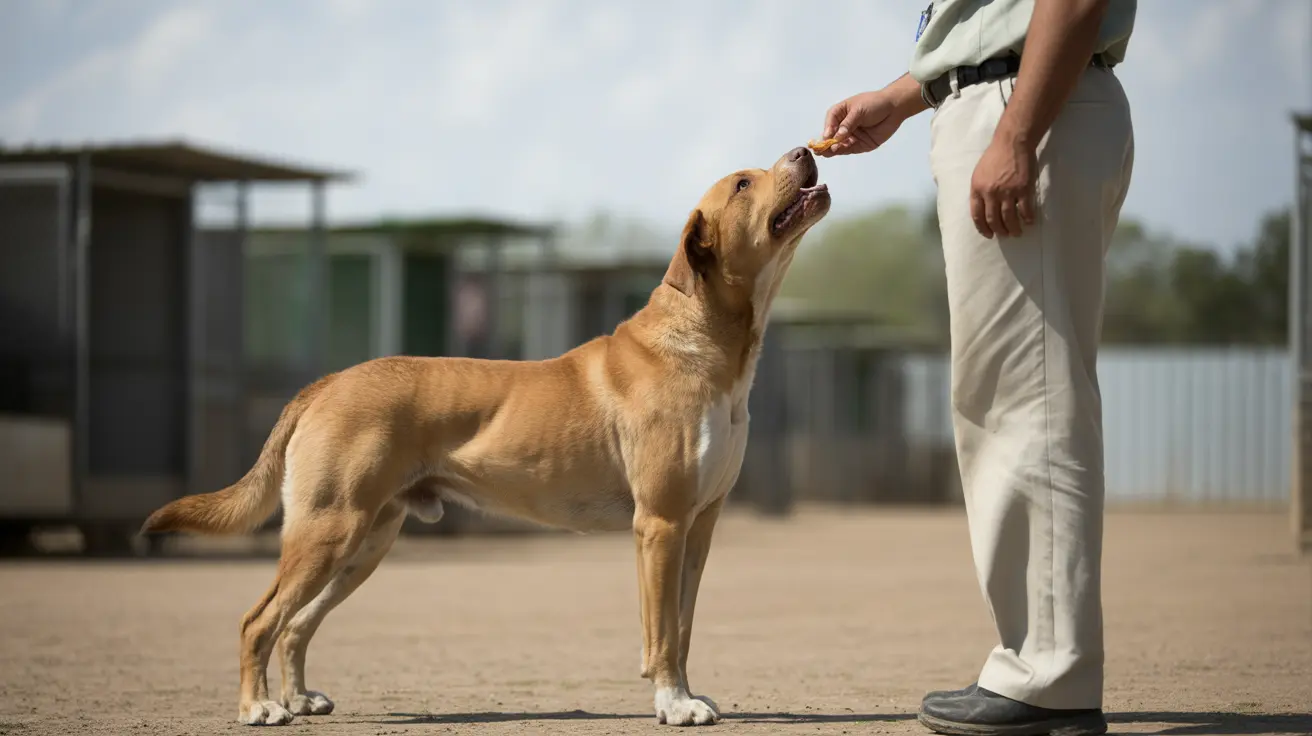Australian Shepherds are renowned for their intense attachment to their owners, often earning the nickname "velcro dogs" due to their tendency to follow their humans everywhere. This clingy behavior, while endearing, stems from their rich herding heritage and complex personality traits that make them unique among dog breeds.
In this comprehensive guide, we'll explore the reasons behind your Australian Shepherd's attachment, how to manage their clingy tendencies, and ways to ensure their behavior remains healthy rather than problematic.
The Historical Roots of Australian Shepherd Attachment
Australian Shepherds were originally bred as herding dogs, working closely with shepherds to manage livestock. This breeding history has instilled a deep-seated instinct to stay close to their handlers and maintain constant awareness of their surroundings.
Their herding background has created a breed that naturally forms strong bonds with their human family members, viewing them as part of their "flock" that needs monitoring and protection.
Understanding Your Australian Shepherd's Clingy Behavior
Several factors contribute to an Australian Shepherd's clingy nature:
- Herding instincts that drive them to keep their "flock" together
- High intelligence requiring mental stimulation and engagement
- Strong emotional sensitivity to their owner's moods and behaviors
- Pack mentality that makes them deeply connected to their family unit
Managing Your Australian Shepherd's Attachment
While their devotion is admirable, it's essential to help your Australian Shepherd develop healthy independence. This can be achieved through:
Proper Exercise and Mental Stimulation
Australian Shepherds need substantial daily exercise and mental challenges to maintain balanced behavior. Aim for:
- 2-3 hours of physical activity daily
- Interactive puzzle toys and training sessions
- Agility or herding activities when possible
- Regular socialization opportunities
Building Independence Through Training
Implementing structured training helps prevent excessive clinginess:
- Practice short separation periods regularly
- Reward calm, independent behavior
- Create a comfortable "safe space" for your dog
- Use positive reinforcement techniques consistently
Signs of Healthy vs. Unhealthy Attachment
It's important to distinguish between normal breed characteristics and problematic behavior:
Healthy Attachment Signs:
- Following you while remaining calm
- Maintaining independence during activities
- Settling down when asked
- Showing interest in other family members
Unhealthy Attachment Signs:
- Extreme anxiety when separated
- Destructive behavior when alone
- Excessive barking or whining
- Unable to function independently
Frequently Asked Questions
Why are Australian Shepherds naturally so clingy and attached to their owners?
Australian Shepherds are naturally clingy due to their herding heritage, which required them to work closely with humans. Their strong pack mentality and high intelligence also contribute to their desire to stay close to their owners.
How can I manage my Australian Shepherd's clingy behavior without causing separation anxiety?
Gradually build independence through positive reinforcement training, provide plenty of exercise and mental stimulation, and create a consistent routine that includes alone time.
What role does the Australian Shepherd's herding instinct play in its clinginess?
The herding instinct makes Australian Shepherds naturally inclined to keep their "flock" (family) together and monitor their movements, leading to following behavior and constant attention to their owners.
How much exercise and mental stimulation does an Australian Shepherd need to reduce clingy behavior?
Australian Shepherds typically need 2-3 hours of daily exercise and regular mental stimulation through training, puzzle toys, and engaging activities to maintain balanced behavior.
What training techniques help Australian Shepherds become more independent and less "velcro-like"?
Effective training techniques include gradual separation training, rewarding independent behavior, creating a safe space, and maintaining consistent routines while providing positive reinforcement.
Remember that while Australian Shepherds will always maintain some level of attachment due to their breed characteristics, with proper training and understanding, you can help your dog develop a healthy balance between devotion and independence.






